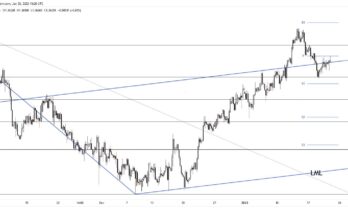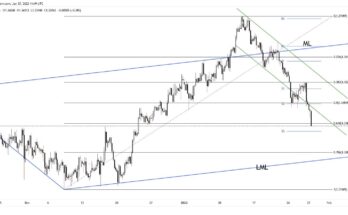The single currency starts the week scraping itself from the floor after last week’s concerted push lower. The break below 1.10 on EURUSD happened before the US jobs data, but the firmer than expected release led to further dollar strength and the euro suffered the most in the wake of the ECB’s detailing of bond buying the day before. The QE program starts today, so the coming days are likely to see some indications of how the technicalities of the program are panning out. On the subject that never left the headlines during February, the Greek government has faced criticism from the eurogroup, who stated over the weekend that the latest proposal put forward fell short of those that were agreed two weeks ago. Greece is now threatening a referendum, essentially on whether to push through further austerity or push back. This is no more than a vague threat, but underlines the view that tensions remain and that seeking a longer-lasting agreement for Greece will not prove easy.
Friday’s data in the US has raised the prospect of the Fed easing at the tail end of the summer, with unemployment edging ever closer to what the Fed feels is a level at which inflation could start to rise. In addition, there are signs that earnings are also recovering on a sustained basis, which is another pre-condition to tightening. As the week starts, we’re seeing the dollar slightly weaker against most major currencies, but in the wider picture dollar strength looks to be the dominant force. For today, there are no major data releases, so the focus will remain on the headlines surrounding ECB QE and also Greece as Eurozone finance minister meet in Brussels.
further reading:
EURUSD
EUR/JPY Corrects Post Japanese GDP



